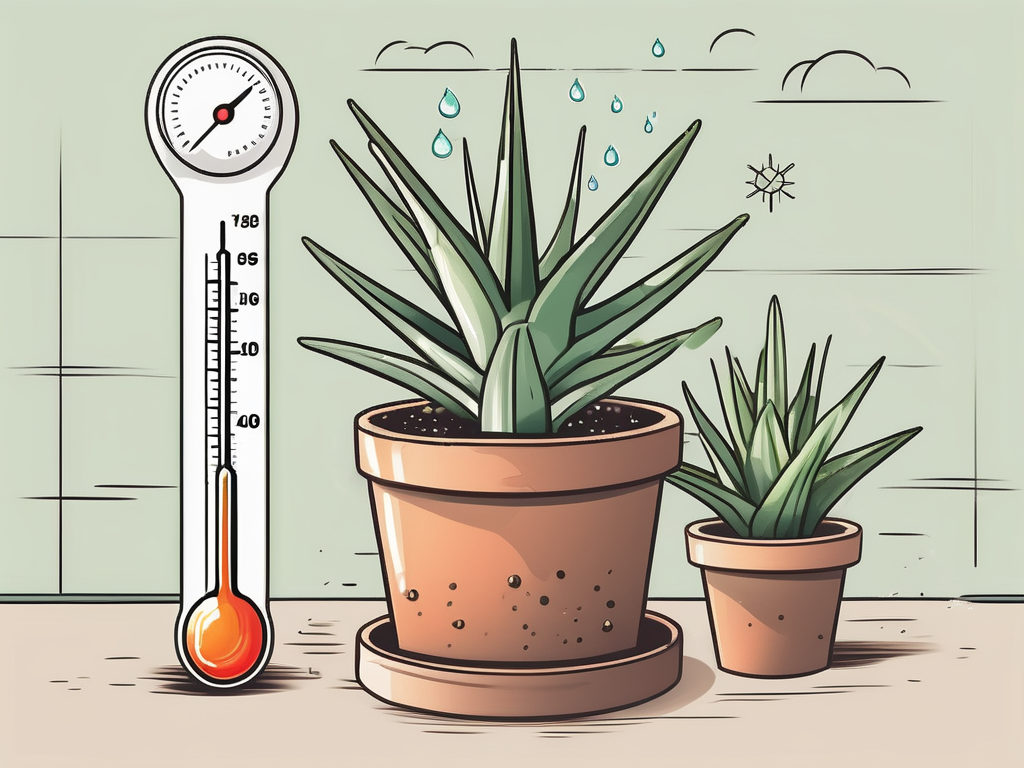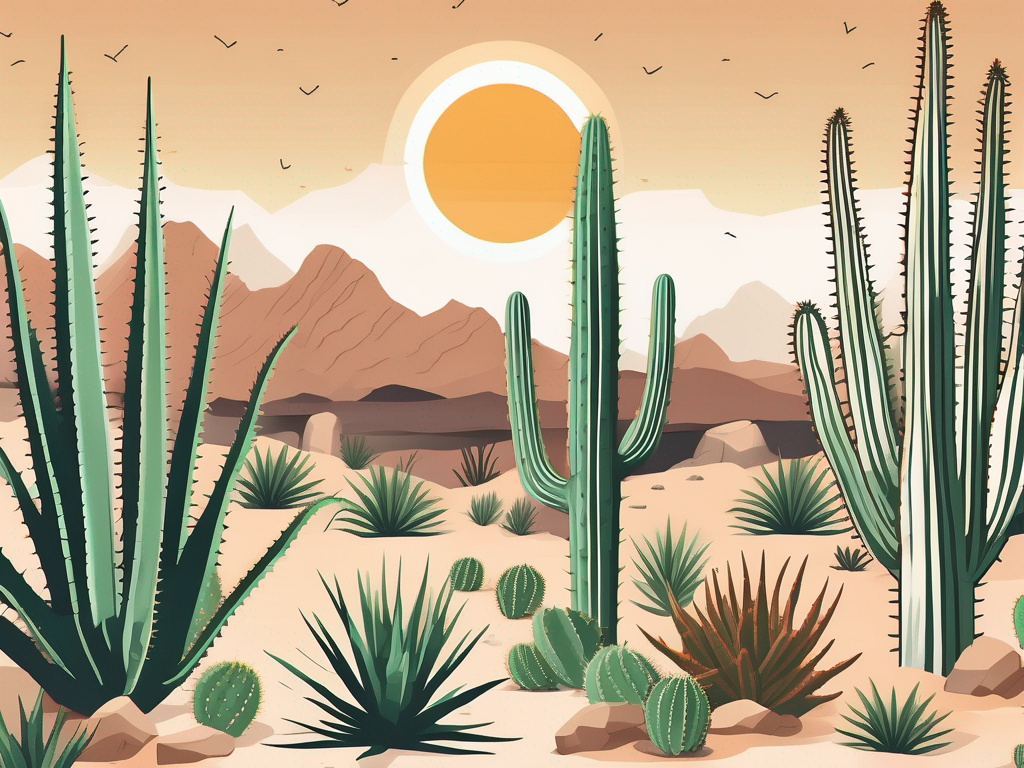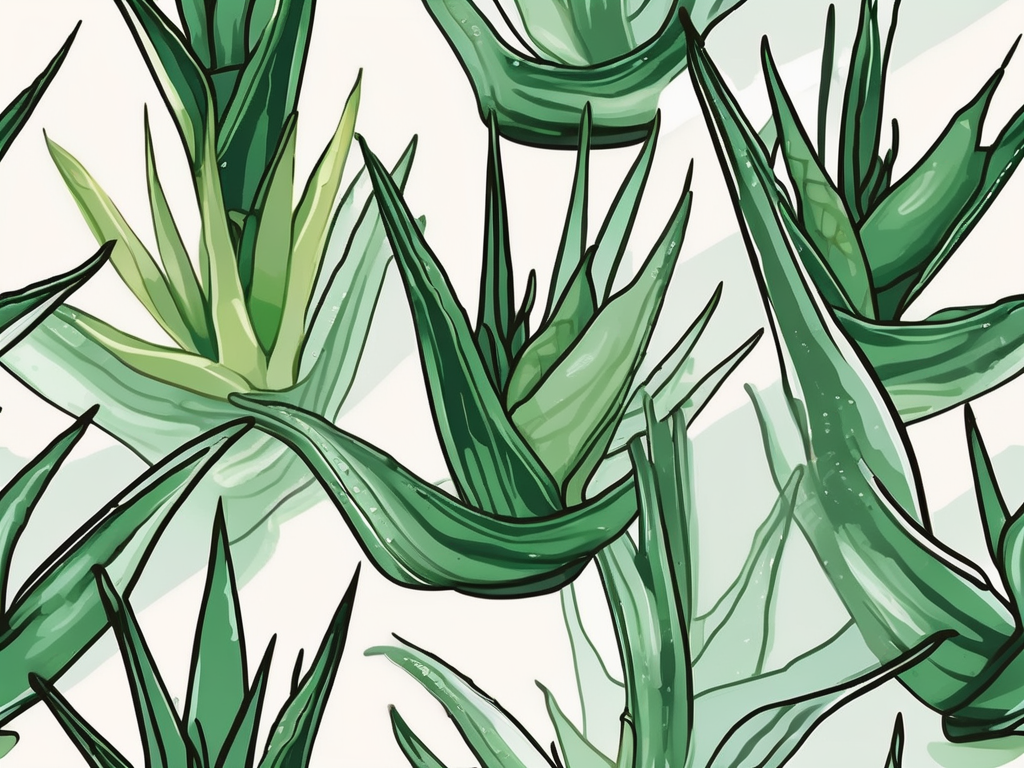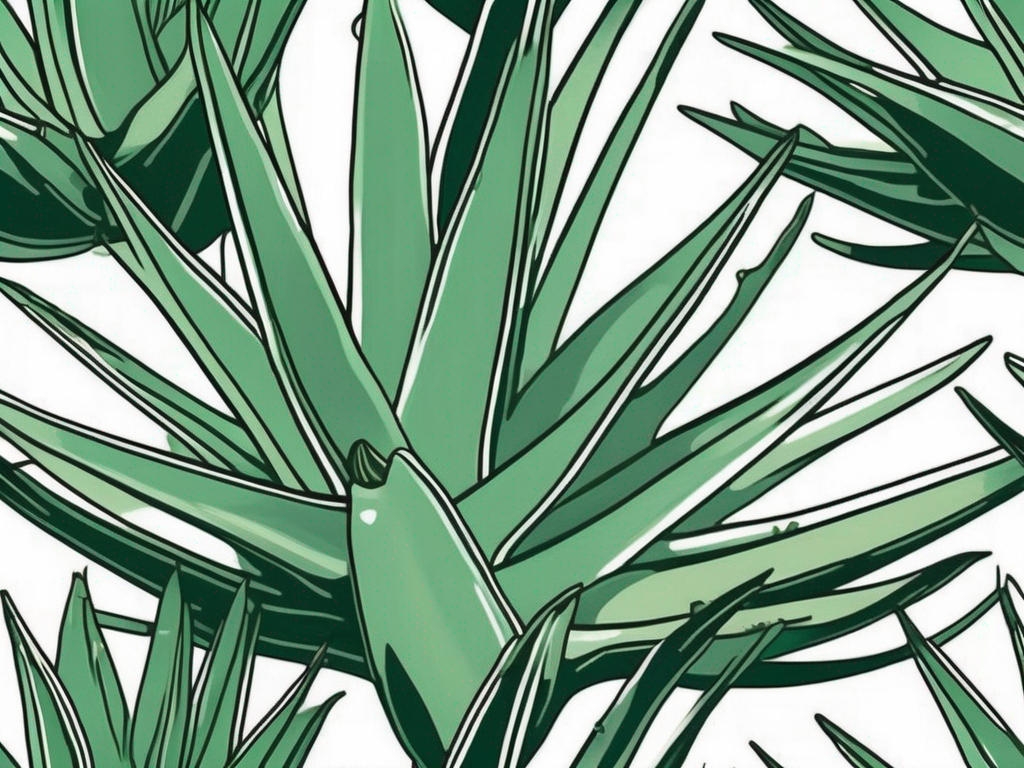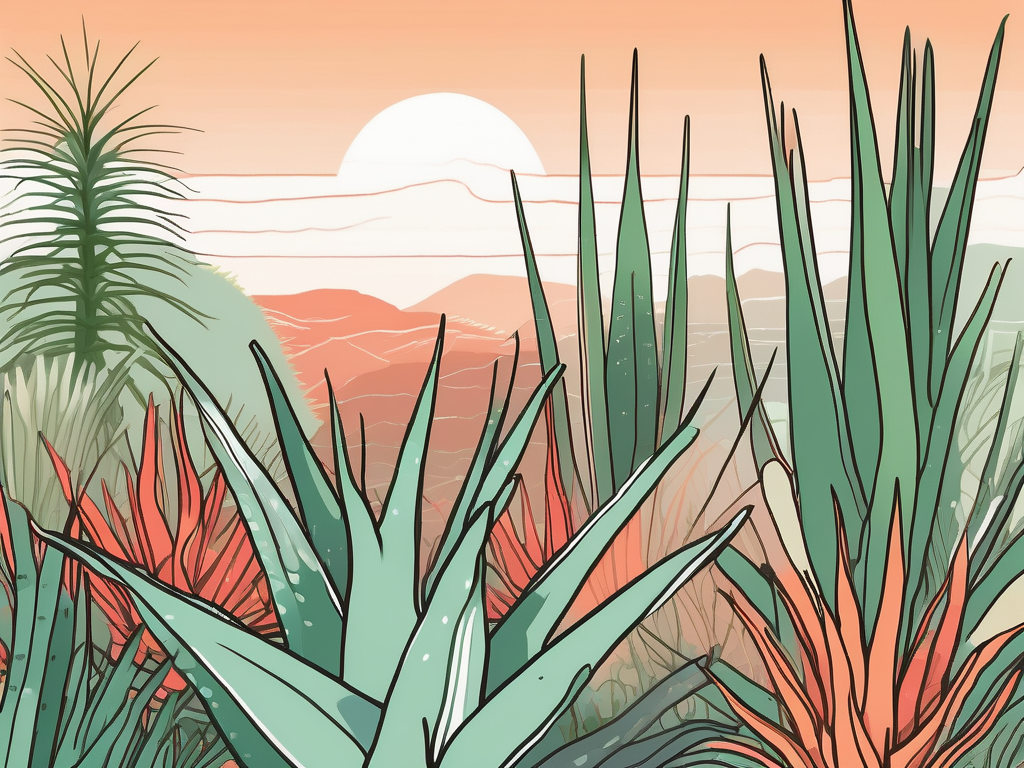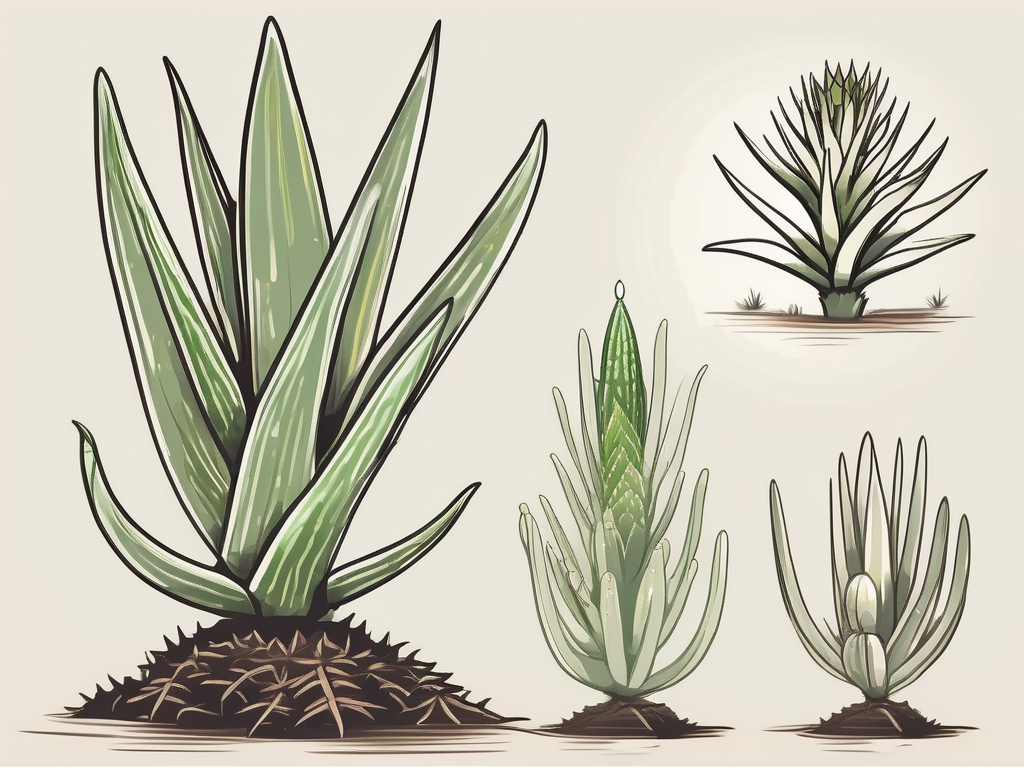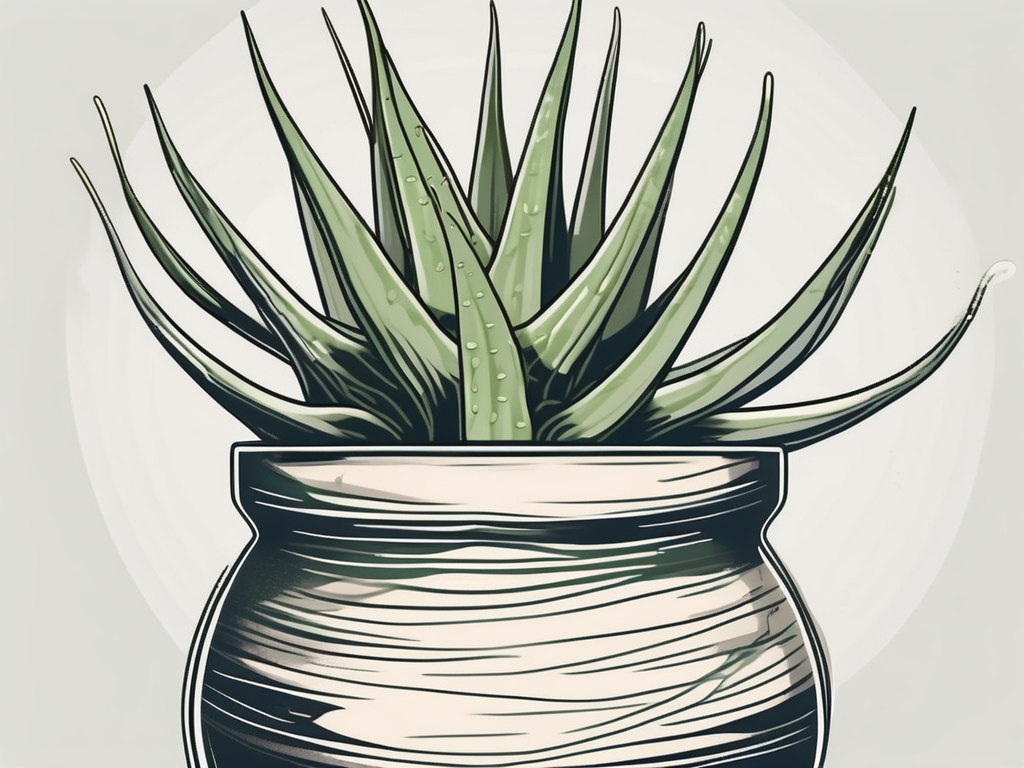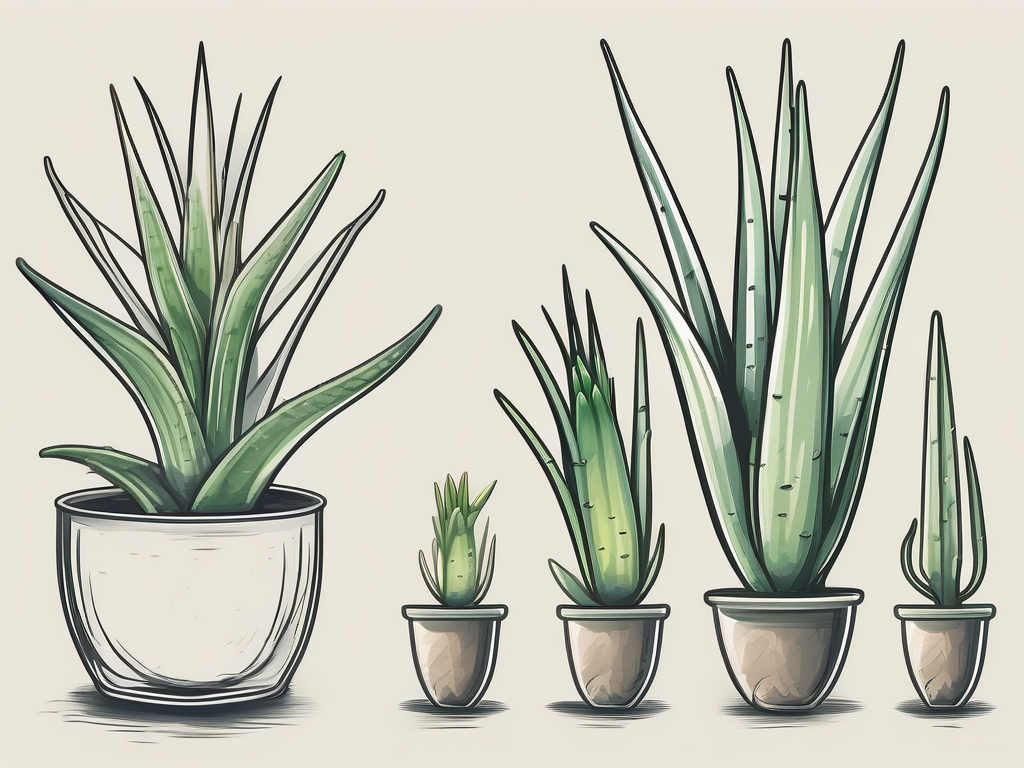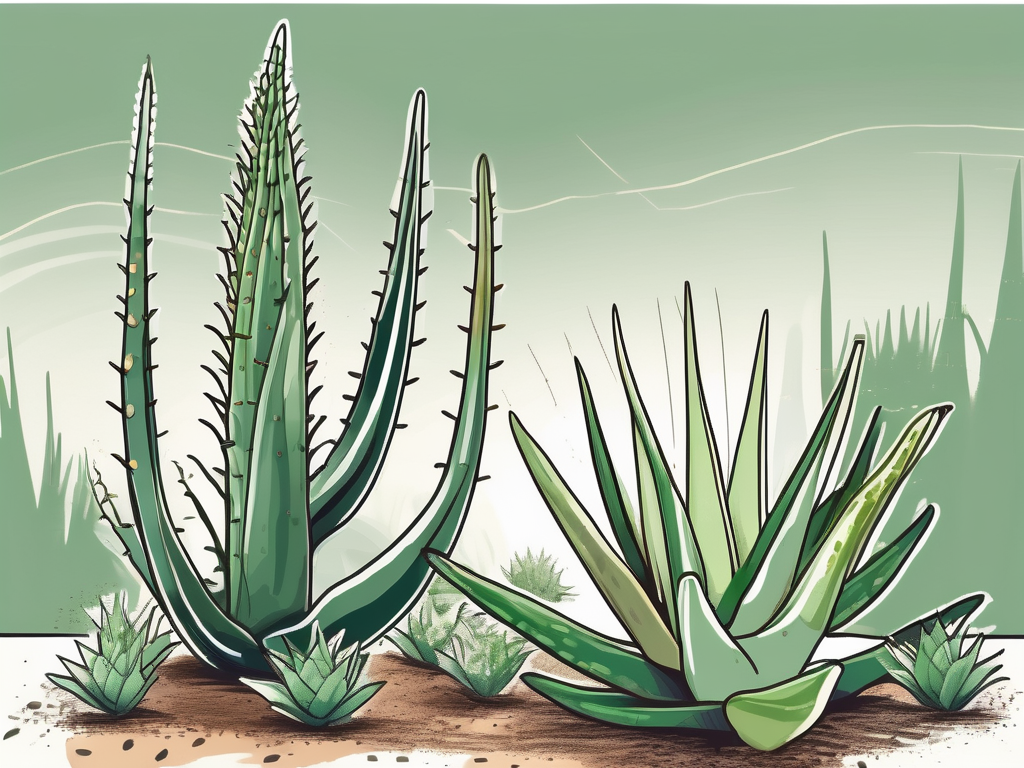
Aloe vera is that trusty friend in the plant world, known for its soothing gel and easygoing nature. It's a staple for anyone looking to add a touch of green to their home. But did you know you can grow it from seeds? Yep, you heard right! Growing aloe vera from seeds might seem a bit more adventurous than picking up a potted plant, but it's also a rewarding journey that lets you watch your plant grow from scratch.
Today, we'll talk about everything you need to know to get started with growing aloe vera seeds. From selecting the right seeds to nurturing those tiny sprouts, we've got you covered. So, grab your gardening gloves—or maybe just a comfy chair—and let's get started!
Understanding Aloe Vera Seeds
First things first, let's talk about the seeds themselves. Aloe vera seeds are small and black, resembling tiny grains of pepper. They're not as commonly available as the plants themselves, so you might need to do a bit of searching to find them. A reputable seed supplier is your best bet for ensuring quality seeds that will sprout into healthy plants.
When you're purchasing seeds, look for those labeled as Aloe barbadensis miller, which is the scientific name for the most common type of aloe vera used for medicinal purposes. While there are many different types of aloe, this is the one most people are familiar with and is widely regarded for its healing properties.
Once you've got your seeds, keep them in a cool, dry place until you're ready to plant. They don't need any fancy storage conditions, but try to avoid places where they might get too hot or humid, as this can affect their viability.
Choosing the Right Soil
Soil choice is crucial when growing aloe vera from seeds. Unlike some other houseplants that are more forgiving, aloe vera needs well-draining soil to thrive. This is because aloe plants are succulents, and they store water in their leaves. Overly wet soil can lead to root rot, which is a quick way to end your plant's journey before it even properly begins.
The best soil mix for aloe vera seeds is a cactus or succulent mix, which you can find at most garden centers. If you prefer to make your own, combine equal parts of regular potting soil, sand, and perlite. This mix will ensure that water drains quickly, preventing the roots from sitting in moisture.
When you're preparing your soil, fill your pots or seed trays about three-quarters full. Gently pat the soil down to remove any large air pockets, but avoid compacting it too much, as this will hinder drainage.
Planting Aloe Vera Seeds
Once you have your soil ready, it's time to plant those seeds. Start by lightly misting the soil with water to moisten it. You want it damp but not soaking wet. A spray bottle works great for this step.
Next, sprinkle the seeds evenly across the surface of the soil. Aloe vera seeds don't need to be buried deep—just a light covering of soil will do. Gently press them into the soil with your finger or a small tool, then cover them with a thin layer of soil. Again, mist the surface lightly to ensure the seeds have good contact with the soil.
Covering your pots or trays with a clear plastic lid or wrap can help retain moisture while the seeds germinate. Just ensure there's enough air circulation to prevent mold growth. You can poke a few small holes in the plastic if necessary.
Providing the Right Conditions
Now that your seeds are snug in their soil, it's time to create the perfect environment for them to sprout. Aloe vera seeds need warmth and light to germinate, so place your pots in a warm spot with indirect sunlight. A sunny windowsill or a spot under grow lights can work perfectly.
Temperatures between 70°F and 80°F (21°C to 27°C) are ideal for germination. If your home tends to be cooler, you might consider using a heating mat designed for seedlings. These mats gently warm the soil, encouraging seeds to sprout more quickly.
Keep the soil consistently moist during this time, but be cautious not to overwater. You want the soil to be damp to the touch but never soggy. If you notice any mold starting to form, you might need to increase air circulation or reduce moisture levels slightly.
Germination and Early Growth
With the right conditions, your aloe vera seeds should start to germinate within two to four weeks. It's always exciting to see those first tiny sprouts breaking through the soil! During this stage, continue to provide warmth and light, and maintain even moisture in the soil.
As the seedlings grow, you might notice they look a bit different from mature aloe plants. They'll start as small, narrow leaves that gradually grow broader and thicker. This is completely normal, so don't worry if they don't look like the aloe vera you're used to seeing right away.
Once your seedlings have a few sets of leaves and are about 2-3 inches tall, it's time to start thinking about the next step—transplanting. But before we jump into that, let's talk about some challenges you might face in this early stage.
Common Challenges and How to Overcome Them
Growing aloe vera from seeds isn't without its hiccups. Here are some common issues you might encounter and how to tackle them:
- Mold Growth: If you notice mold on the soil surface, it usually means there's too much moisture. Try increasing air circulation or letting the soil dry out slightly before the next watering.
- Seedlings Not Sprouting: This could be due to old or non-viable seeds. Ensure you're using fresh seeds from a reputable supplier. If you're sure the seeds are good, check that the temperature and light conditions are correct.
- Leggy Seedlings: If your seedlings are growing long and spindly, they may not be getting enough light. Move them to a brighter location or closer to a grow light.
Remember, patience is key when growing plants from seeds. Not every seed will sprout, and that's okay. Focus on nurturing the ones that do, and you'll soon have a healthy batch of young aloe plants.
Transplanting Your Aloe Vera Seedlings
Once your seedlings are a few inches tall and have started to develop true leaves, it's time to transplant them into individual pots. Choose small pots with drainage holes to help prevent overwatering.
Prepare your pots with the same well-draining soil mix you used for germination. Gently remove each seedling from the tray, taking care not to damage the delicate roots. A small spoon or your fingers can help lift them out with minimal disturbance.
Plant each seedling in its new pot, burying it just deep enough to cover the roots, and firm the soil gently around the base. Water them lightly to help settle the soil around the roots, but avoid drenching them.
After transplanting, keep your young aloe plants in a bright but indirect light location for a few weeks as they adjust to their new homes. Continue to water sparingly, allowing the top inch of soil to dry out between waterings.
Caring for Mature Aloe Plants
As your aloe vera plants mature, their care becomes much simpler. Aloe is known for being a low-maintenance plant, which makes it perfect for busy plant parents or those new to plant care.
Here are some tips to keep your aloe thriving:
- Light: Mature aloe plants love bright, indirect sunlight. A south or west-facing window is ideal. If your plant starts to look leggy or pale, it may need more light.
- Watering: Aloe vera is drought-tolerant, so it's better to underwater than overwater. Water deeply but infrequently, allowing the soil to dry out between waterings.
- Fertilizing: Aloe doesn't need much fertilizing. A diluted, balanced houseplant fertilizer applied once in spring and again in summer is plenty.
With these simple steps, your aloe can live a long, happy life, providing you with both a beautiful addition to your home and a handy source of soothing gel.
Dealing with Pests and Diseases
While aloe vera is generally hardy and resistant to many pests, it's not entirely immune. Here are a few pests and diseases to watch out for:
- Mealybugs: These small, white insects can be removed with a cotton swab dipped in alcohol. Larger infestations may require insecticidal soap.
- Aphids: These can be washed off with a strong spray of water from a hose or treated with insecticidal soap.
- Root Rot: Caused by overwatering, this can be prevented by ensuring your aloe is in well-draining soil and not watered too frequently.
Regularly inspecting your plants and keeping them in good health will minimize the risk of these issues. If you catch a problem early, it's usually easy to resolve with minimal impact on your plant.
Incorporating Aloe into Your Home Decor
Aloe vera isn't just a useful plant—it's also a stylish addition to your home decor. With its sculptural leaves and vibrant green color, it can add a touch of modern elegance to any room.
Here are some ideas for incorporating aloe into your home:
- On the Windowsill: Aloe loves bright light, making it a perfect choice for sunny windowsills. Group it with other succulents for a mini oasis of greenery.
- In a Decorative Pot: A stylish pot can turn your aloe into a focal point. Choose a pot that complements your decor style, whether that's minimalist, bohemian, or rustic.
- As a Centerpiece: A large aloe plant can make a stunning centerpiece on a coffee table or dining table, adding height and texture.
With a little creativity, aloe vera can be much more than just a plant—it's an integral part of your home's aesthetic.
Harvesting Aloe Gel
One of the best things about growing aloe vera is harvesting your own gel. This gel is famous for its soothing properties, making it great for skin irritations, minor burns, and even as a moisturizer.
To harvest the gel, choose a mature outer leaf, as these will contain the most gel. Use a sharp knife to cut the leaf close to the base, then slice it open lengthwise. You can scoop out the gel with a spoon or scrape it into a container.
Store the harvested gel in the refrigerator for up to a week. You can also freeze it in ice cube trays for longer storage. Just remember, always do a patch test before using aloe gel on your skin to ensure you don't have an allergic reaction.
Final Thoughts
Growing aloe vera from seeds is a fun and rewarding process that allows you to enjoy every stage of your plant's life. From the excitement of sprouting seeds to the joy of harvesting your own aloe gel, it's an adventure worth embarking on.
If you're looking for more houseplant inspiration, Cafe Planta is here to help. We offer a wide variety of houseplants, plant care accessories, and even plant-themed apparel. Feel free to reach out with any questions you might have—send us an email or a DM on Instagram. We're passionate about plants and love sharing that enthusiasm with fellow plant people. Let's grow something beautiful together!













